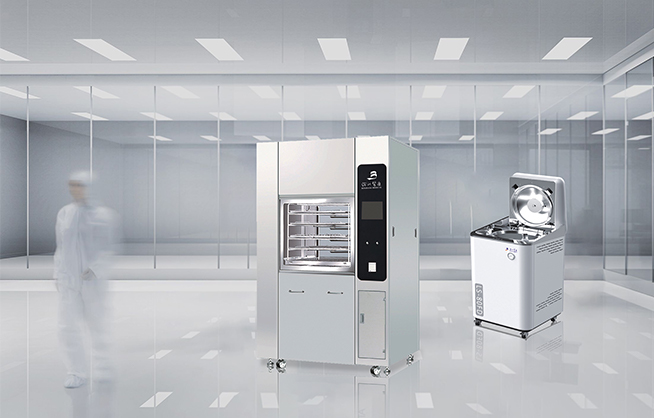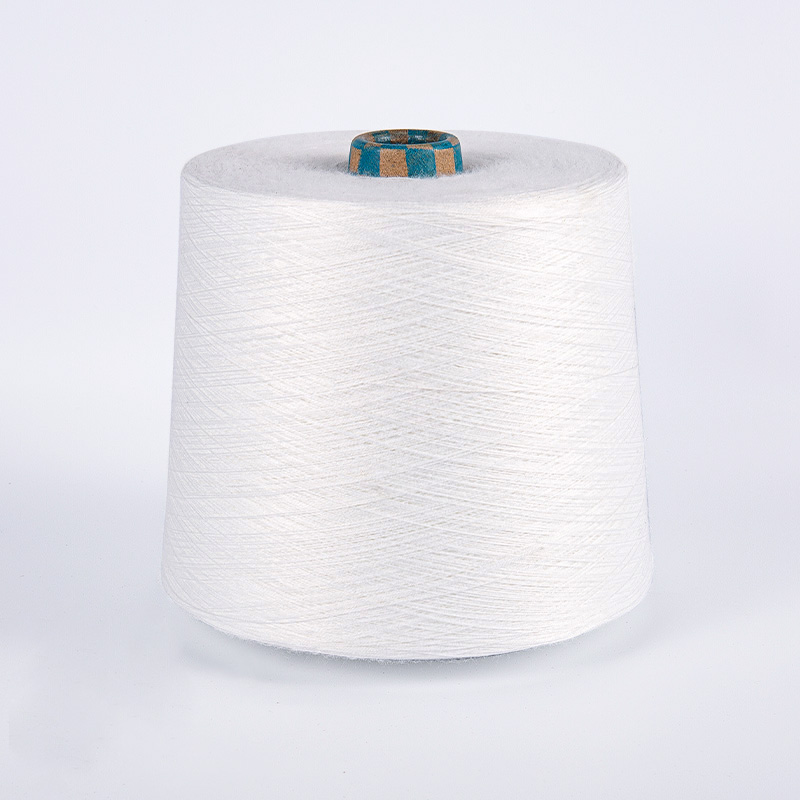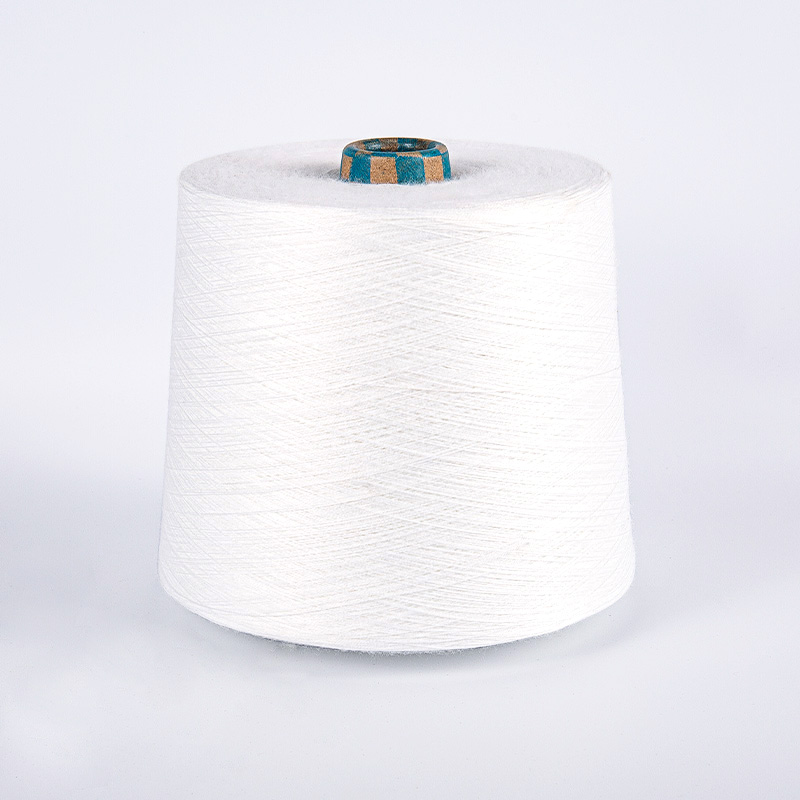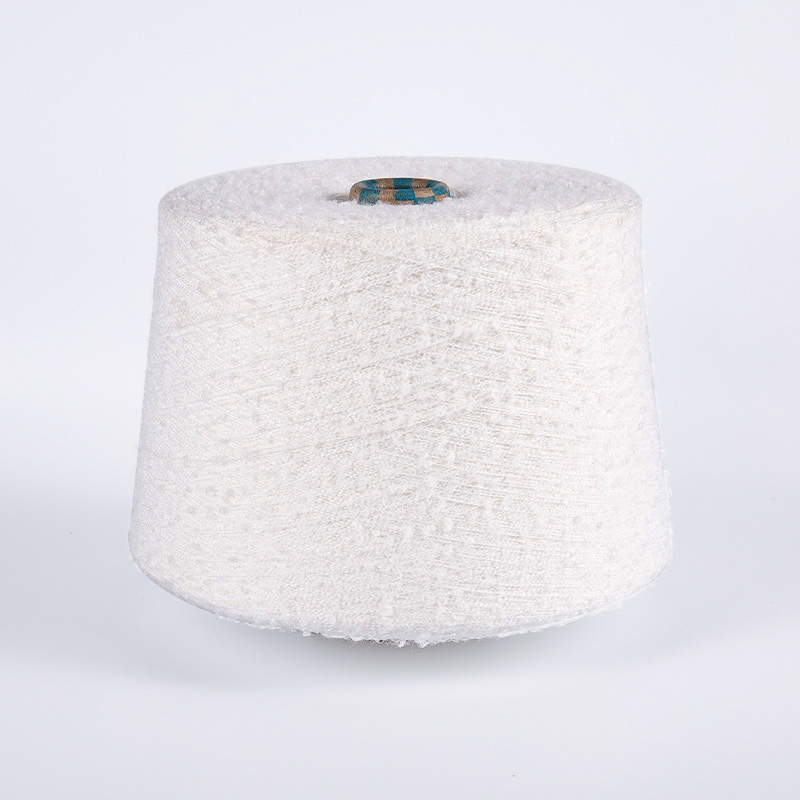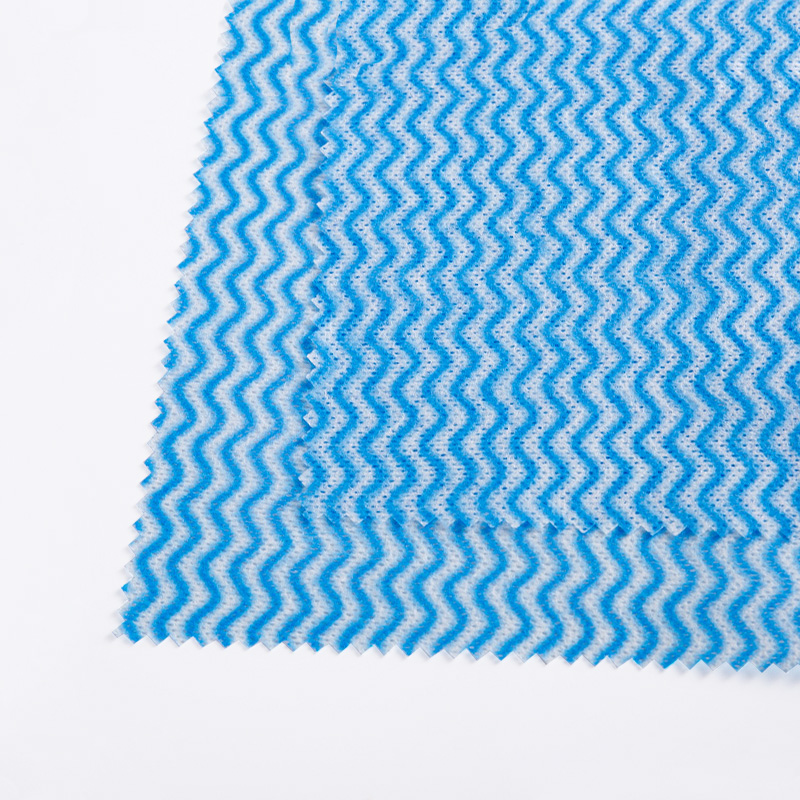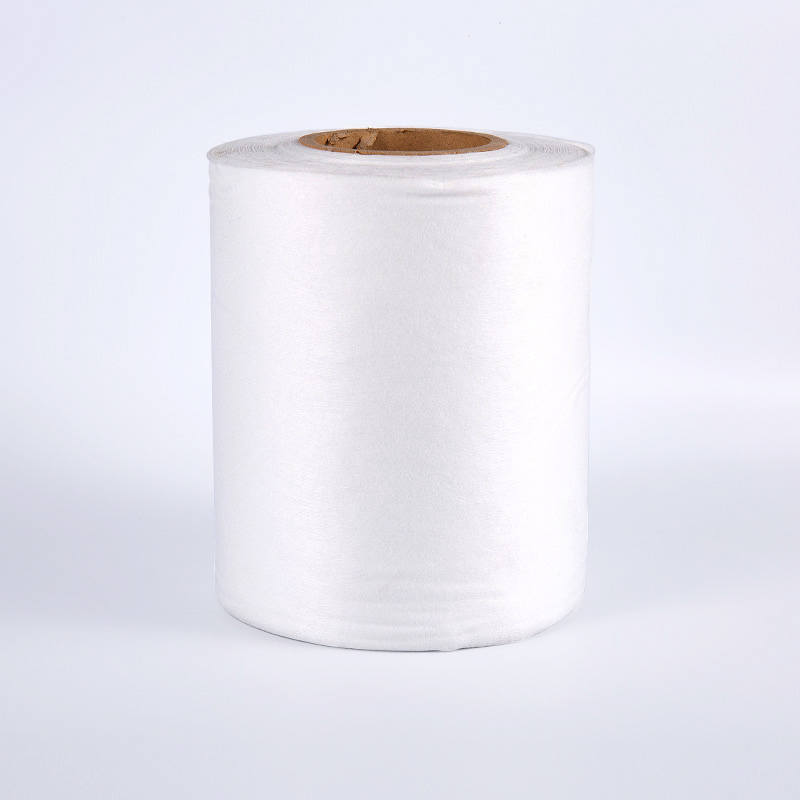
Wet Wipes Non-Woven Fabric: A Core Material for Soft, Safe, and Effective Cleansing
Posted by Admin | 22 Sep
With the accelerating pace of life and rising health awareness, wet wipes have become an indispensable cleaning product in daily life. Non-woven fabrics, the core material that underpins wet wipes' quality, are continuously driving industry upgrades through technological innovation. Non-woven fabrics specifically designed for wet wipes not only determine the feel and durability of the wipes, but also influence their absorbency, flexibility, and skin safety.
Material Composition and Classification of Wet Wipe Non-Woven Fabrics
Wet wipe non-woven fabrics are typically based on natural fibers such as polypropylene (PP), polyester (PET), and cotton. They are formed into a flexible, uniform fiber mesh structure through processes such as meltblowing, spunbonding, needlepunching, or hydroentanglement. Different production processes impart distinct physical properties and tactile properties to non-woven fabrics. For example, hydroentanglement creates a high-density, soft fabric surface suitable for high-end baby wipes and cosmetic wipes. Spunbond composites, on the other hand, offer significant advantages in cost control and strength, making them more suitable for industrial cleaning wipes or general-purpose everyday wipes.
Structurally, nonwoven fabrics for wet wipes can be categorized as single-layer or multi-layer composite. Single-layer nonwovens are suitable for lightweight wet wipes and are easy to handle; multi-layer composite nonwovens offer excellent absorbency, abrasion resistance, and softness, meeting the stringent requirements for high-end wet wipes. The fiber fineness, distribution density, and post-processing of the raw materials directly impact the stretch resistance and overall feel of the wet wipes.
Key Performance Indicators of Nonwoven Fabrics for Wet Wipes
During the production and use of wet wipes, the performance of nonwoven fabrics directly determines the quality experience of the final product. Firstly, absorbency is a key indicator of a wet wipe's ability to penetrate and retain liquid solutions. Highly absorbent nonwovens not only effectively retain moisture but also ensure effective cleaning. Secondly, softness and skin-friendliness are important. The fiber density, surface treatment, and fiber material of the nonwoven fabric all influence its feel and safety.
Tear resistance and moisture resistance are other key indicators. Wet wipes are subjected to stretching and friction during use. If the nonwoven fabric is not strong enough, it can easily break, reducing the user experience. By optimizing fiber ratios, adjusting heat treatment processes, and adopting composite structural designs, the durability of nonwoven fabrics for wet wipes can be significantly improved. Furthermore, the uniformity, porosity distribution, and surface smoothness of nonwoven fabrics are crucial factors in determining their effectiveness in wet wipe applications, particularly in cosmetic and medical wipes, where these properties are crucial for uniform liquid absorption and comfortable use.
Innovation in Wet Wipe Nonwoven Production Processes
With rising consumer demand and diversified market demands, wet wipe nonwoven production technologies are constantly evolving. Spunbond technology, which fuses fibers at high temperatures to form a continuous fiber network, achieves high production efficiency and low costs, making it suitable for large-scale wet wipe production. Hydroentanglement technology, which uses high-pressure water jets to entangle fibers into a fabric surface, creates a soft feel and a dense structure, making it a key process for high-end wet wipes. Needlepunch technology, which mechanically interlaces fibers, provides strong tear resistance and wet strength, and is commonly used in industrial and household cleaning wipes.
Developments in composite processes also bring increased added value. By combining processes such as spunbond and spunlace, meltblown, and needlepunch, nonwoven fabrics achieve a balance of softness, absorbency, and durability, comprehensively enhancing the performance of wet wipes. At the same time, new functional nonwovens, such as antibacterial, moisturizing, and biodegradable nonwovens, are gradually entering the market, providing technical support for the differentiation and environmental friendliness of wet wipes.
As the core base material for wet wipes, the performance and craftsmanship of specialized nonwoven fabrics directly impact the product experience and market competitiveness. From material selection and process innovation to functional development, nonwoven fabric technology is continuously driving the wet wipes industry towards high quality, high added value, and environmentally friendly development. With evolving consumer demands and improved industry standards, continued innovation in wet wipes nonwoven fabrics in terms of feel, absorbency, durability, and safety will inject new vitality into the wet wipes market and offer promising development prospects.
+86-18058809000
+86-571 86218111



 English
English 中文简体
中文简体
